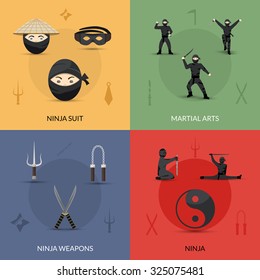How Do The Discipline-Centered Technique Of Conventional Martial Arts And The Competition-Driven Nature Of Contemporary Battle Sports Differ? Discover The Significant Distinctions That Can Form Your Experience
How Do The Discipline-Centered Technique Of Conventional Martial Arts And The Competition-Driven Nature Of Contemporary Battle Sports Differ? Discover The Significant Distinctions That Can Form Your Experience
Blog Article
Material Created By-Thuesen Fink
When you consider martial arts, do you lean much more toward the standard techniques or the modern fight sporting activities? Each course supplies special advantages and experiences, formed by their philosophies and training techniques. Conventional martial arts highlight personal development and discipline, while modern battle sporting activities focus on competition and performance. Understanding these differences can lead you in selecting the ideal strategy for your journey. Yet how do these distinctions manifest in training and approach?
The Philosophy and Background Behind Typical Martial arts
While lots of people connect martial arts with physical combat, the ideology and history behind standard martial arts run much deeper. You'll find that these self-controls emphasize personal development, technique, and respect.
Originating from old methods, conventional martial arts were frequently created for Self-Defense and spiritual advancement. They personify principles such as equilibrium, harmony, and self-control, directing professionals past simple fighting skills.
As you train, you'll not only learn techniques however also obtain insights into the society and values that shaped these arts. The rituals and customs, often given via generations, cultivate a sense of neighborhood and belonging.
The Competitive Nature of Modern Fight Sports
Modern battle sports have actually changed the landscape of martial arts into a very competitive sector, where professional athletes face off in a test of ability, strategy, and endurance.
You'll observe that competitions are commonly arranged with stringent policies and regulations, making certain justice and safety. These events bring in large target markets, sustaining the exhilaration and strength of competitions.
Athletes train rigorously, not just for physical expertise but likewise for psychological toughness, understanding that every information counts in the ring. The adrenaline rush throughout competitions is palpable, as boxers press their restrictions to claim success.
Fans appreciate the athleticism and artistry included, making contemporary fight sporting activities a thrilling phenomenon that continues to advance and captivate enthusiasts around the world.
Training Techniques and Techniques: A Relative Analysis
The affordable environment of modern-day battle sports needs cutting-edge training methods that differ significantly from traditional martial arts.
In what are the japanese martial arts , you'll focus on particular techniques, competing, and conditioning, typically making use of drills that simulate actual battle situations. You'll see a focus on quantifiable efficiency and constant competition to assess your skills.
On the other hand, typical martial arts prioritize types, katas, and thoughtful mentors, often highlighting technique and respect over competitors.
Training is normally less intense and might include repeated method instead of real-time sparring.
While both approaches build skill and health and fitness, contemporary combat sports provide a much more dynamic and adaptable training atmosphere, preparing you for prompt obstacles in the ring or cage.
Select you can find out more that lines up with your objectives and rate of interests.
Verdict
In selecting between typical martial arts and modern-day fight sports, it truly comes down to what you value many. If white martial arts actor trying to find personal development, discipline, and a sense of area, conventional arts might be your finest fit. Yet if you thrive on competitors and real-time challenges, modern battle sporting activities could be the means to go. Inevitably, both paths use one-of-a-kind advantages, so it's everything about aligning your training with your individual objectives and rate of interests.
